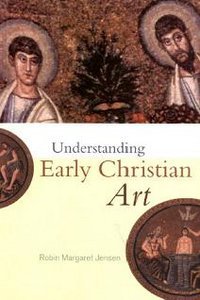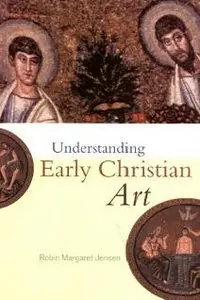Robin Margaret Jensen Understanding Early Christian Art
Routledge | 2000 | ISBN: 0415204542 | 240 pages | PDF | 53 MB
Routledge | 2000 | ISBN: 0415204542 | 240 pages | PDF | 53 MB
Understanding Early Christian Art offers an insightful, erudite and lavishly illustrated analysis of the meaning and message of early Christianity as revealed in the texts and images of its first practitioners. Robin Margaret Jensen examines the motifs and subjects of early Christian art, integrating them with the symbols and themes of Christian literature and liturgy. Beginning with an analysis of the non-narrative subjects of the early art–the Good Shepherd, the praying figure, fish and birds–Jensen goes on to explore the narrative images found in Roman catacomb painting, sarcophagus relief sculpture, early mosaics, ivories, and manuscript illumination. Finally, the book examines iconographic themes such as Jonah, Daniel, Abraham offering Isaac, and Adam and Eve.



